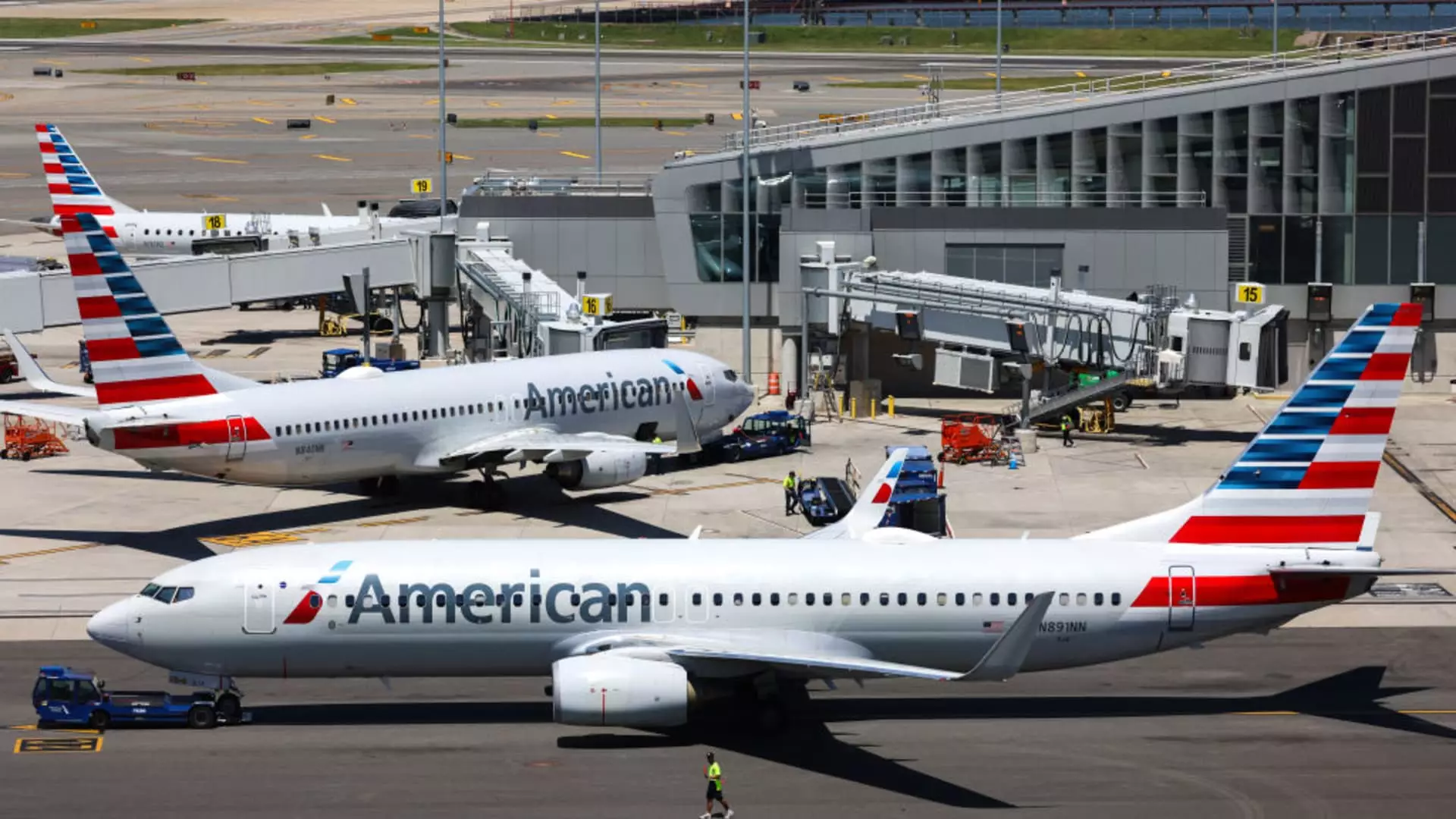American Airlines is currently engaged in notable discussions with Citigroup to make them the exclusive issuer of its credit cards, a move that would sever its long-standing relationship with Barclays. This partnership originated after American Airlines absorbed US Airways in 2013, thereby taking on additional complexities in its credit card arrangements. As negotiations advance, the airline appears to be motivated to streamline its operations and enhance its revenue from the loyalty program, signaling a shift in strategy.
The pursuit of co-brand credit card partnerships is a critical element for many companies, especially airlines. Banks and credit issuers vie to collaborate with these brands because they gain access to large customer bases. American’s move to align exclusively with Citigroup illustrates how essential such partnerships have become in an industry where loyalty programs can lead to significant monetary benefits. Airlines depend heavily on these credit partnerships, particularly as they transitioned through pandemic-induced challenges.
American Airlines has reported that revenue generated from its loyalty program has risen far above passenger ticket sales, illustrating the growing importance of this strategy. Loyalty programs have transformed from mere customer retention tools to major revenue generators. During lean times, like the travel restrictions seen during the pandemic, credit card partnerships served as a financial lifeline, allowing airlines to maintain income through consumer spending even when travel demand plummeted.
The Competitive Landscape of Banking Partnerships
In light of this potential partnership, it’s important to recognize the competitive and often contentious landscape of co-branding partnerships. Airlines, retailers, and hotel chains engage in negotiations that can significantly impact not only their profits but those of their financial partners as well. In recent years, major brands have realized their bargaining power, leading them to demand higher margins from issuing banks. In contrast, banks are becoming increasingly cautious due to a confluence of factors: rising costs, stricter regulations from bodies like the Consumer Financial Protection Bureau, and the prevalence of delinquencies on card payments.
As American Airlines evaluates its options, the contrast between its current issuers points to a fundamental shift from a diversified partnership approach towards a monopoly model that could yield greater profits. With the prospect of a 7 to 10-year contract on the horizon, Citigroup stands to cultivate a lucrative relationship by absorbing customers who have previously engaged with Barclays, constructing a customer base likely to yield high spending albeit with risks inherent in the transition.
Comparative Performance Metrics
Despite boasting what it claims to be the largest loyalty program, American Airlines’ revenues from its credit card program lag behind those of its closest competitor, Delta Airlines. Reports suggest that Delta’s partnership with American Express generated an impressive $7 billion in payments last year, while American Airlines only secured $5.2 billion from its ongoing relationships. These figures underline the competitive imperatives for American to optimize its credit card partnerships, ultimately aiming to enhance the value proposition of its AAdvantage program for customers.
Furthermore, while Citigroup may appear to offer a more prosperous partnership due to its customer demographics, American Airlines must weigh the challenges that come with transitioning its customer base, particularly in terms of satisfying existing users who have grown accustomed to Barclays. Citi’s more lucrative customer base tends to spend more, which could spell a beneficial long-term relationship if successfully navigated.
While anticipation builds for a potential agreement between American Airlines and Citigroup, regulatory hurdles could complicate the timeline. U.S. regulatory bodies, including the Department of Transportation, might raise objections, stalling or even disrupting this prospective partnership. This uncertainty further underlines the complexities inherent in the co-branding arrangement, as both airlines and banks navigate a landscape that is ever-changing due to regulations.
Such complications do not only affect the timeline for transition, but they also bear consequences for all parties concerned. For American Airlines, a drawn-out negotiation could lead to a prolonged dependence on a partnership that could become less favorable over time. As stakeholders keep a close watch on this evolving situation, it becomes clear that the decisions in the coming months will have lasting implications for the airline and its financial avenues.
Conclusion: The Future of Airline Credit Partnerships
American Airlines’ pivot toward an exclusive partnership with Citigroup could signal a major shift in how the airline perceives and utilizes its loyalty program to drive profits. As discussions continue, both parties must weigh the advantages of consolidating their efforts against the potential risks poised by regulatory scrutiny and market changes. This scenario serves as a microcosm of the dynamics within the airline and banking sectors, illuminating how intertwined their fates have become in the pursuit of growth and customer loyalty. As the outcome remains pending, stakeholders await what could redefine norms in airline loyalty programs and their associated financial relationships.

